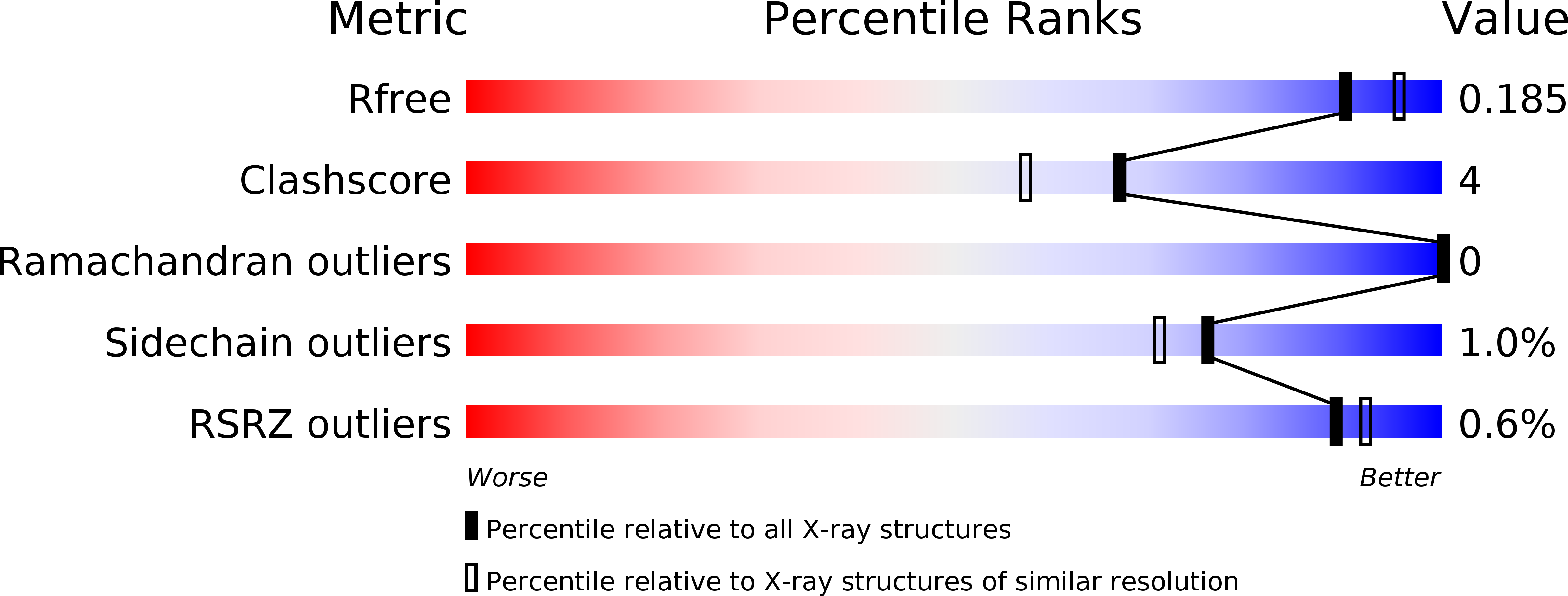
Deposition Date
2018-05-01
Release Date
2019-05-08
Last Version Date
2024-11-13
Method Details:
Experimental Method:
Resolution:
1.94 Å
R-Value Free:
0.18
R-Value Work:
0.14
R-Value Observed:
0.14
Space Group:
P 32 2 1


